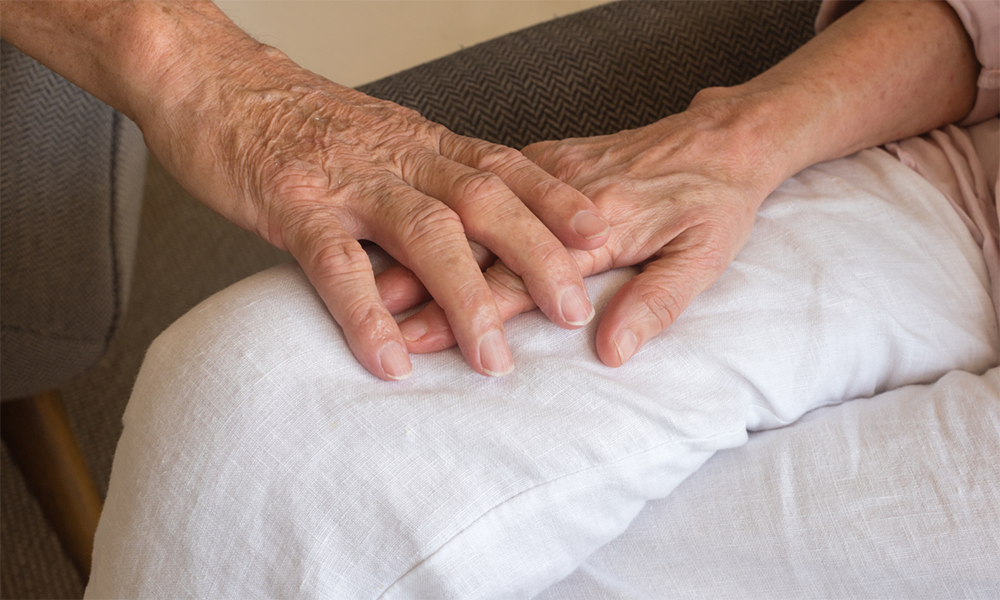Chronic conditions include any diagnosis that affects an individual for three or more months, and are the leading cause of death and disability in the United States, according to the CDC. The most vulnerable populations for chronic conditions are children and older adults, two groups that often require caregivers.
In the event of a natural disaster, managing a chronic illness can become even more challenging. Many people are left unable to access medication or healthcare providers and should plan ahead accordingly with a caregiver.

According to the USC Suzanne Dworak-Peck School of Social Work Department of Nursing, people with chronic conditions should take the following steps toward preparing for natural disasters or emergencies:
- Maintain a 10-day supply of all necessary medications.
- Wear a bracelet that helps first responders identify an individual with a chronic condition or specific care requirement.
- Organize a supply of emergency food, battery-operated flashlights and a change of clothes.
- Have devices at home that monitor vital signs and changes in physical health.
- Ensure family members and close neighbors know how to administer care.
- Develop an evacuation plan, including identifying stable buildings in the community for shelter.
- Sign up for community warning systems for weather alerts.
- Organize communication with family members in the event of lost power.
- Create an updated list of emergency phone numbers for providers and medical facilities, and keep the list somewhere accessible.
Learn More more about chronic illnesses and how people at risk and caregivers can plan for these emergency situations.

